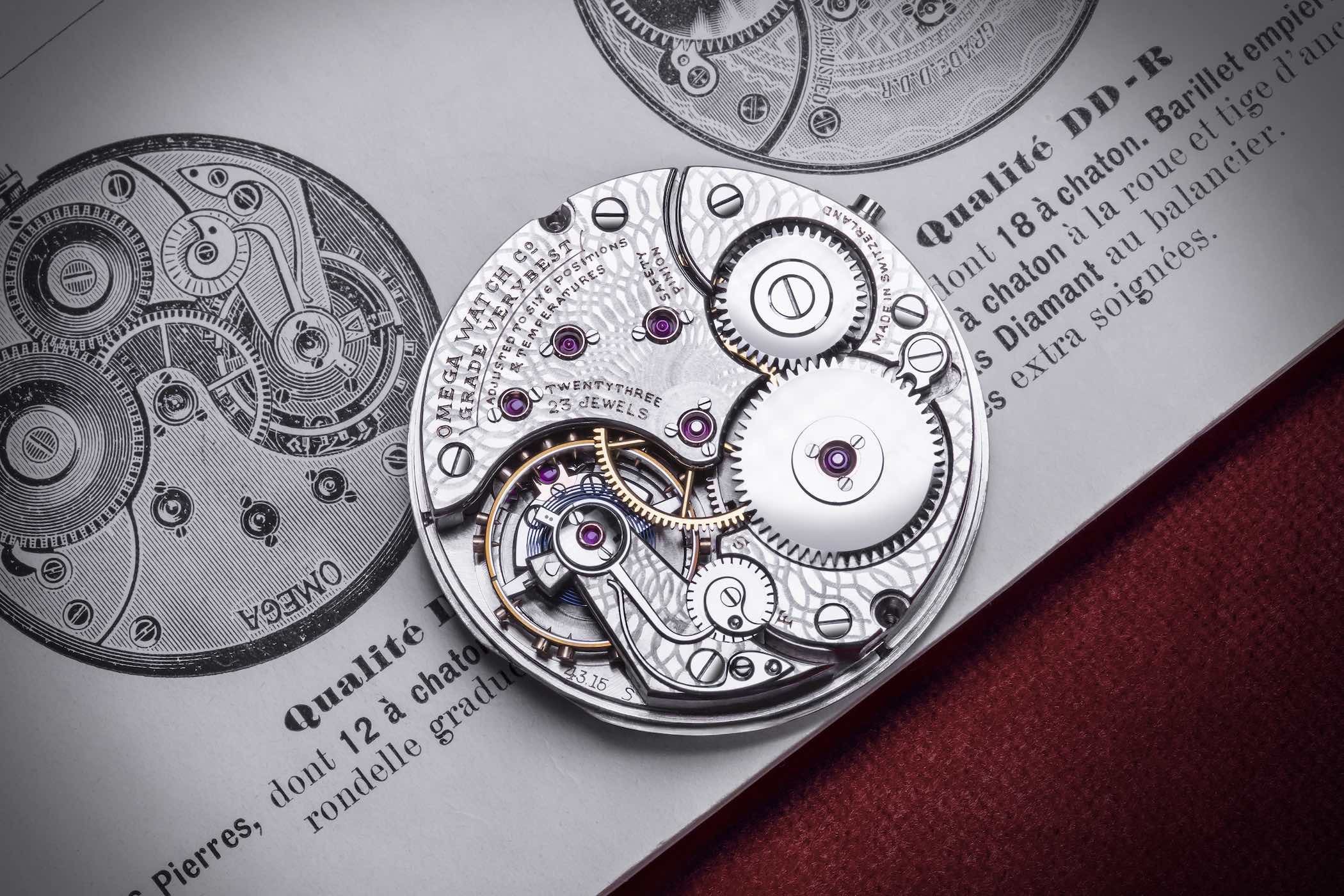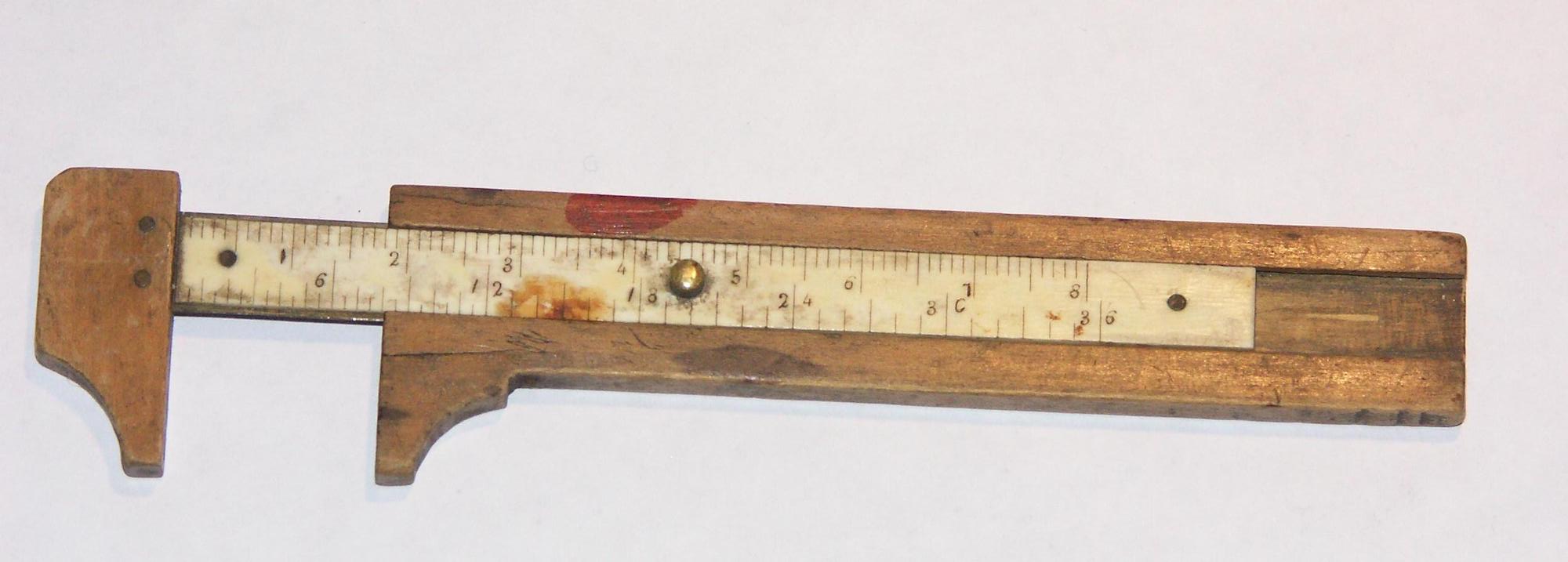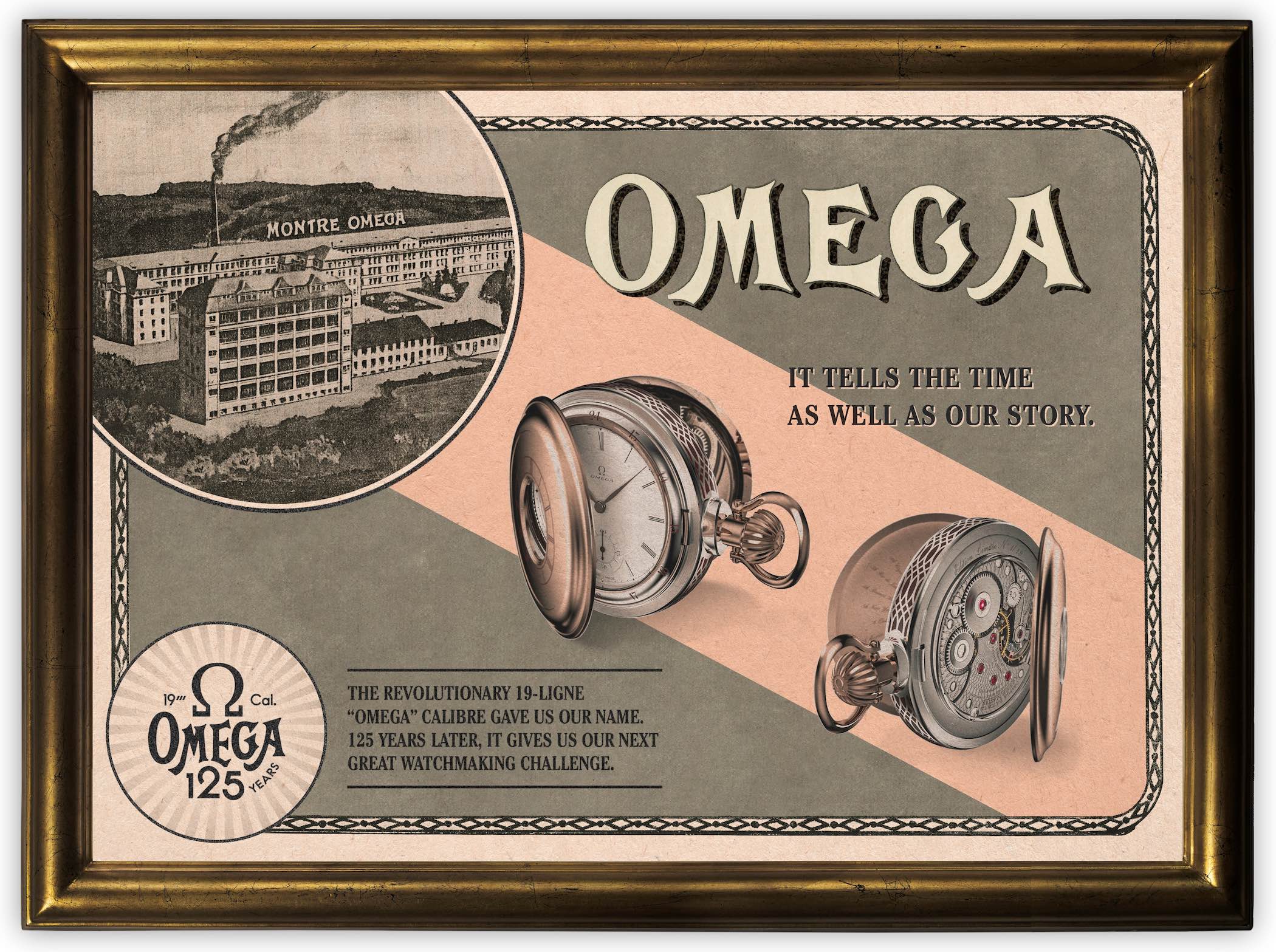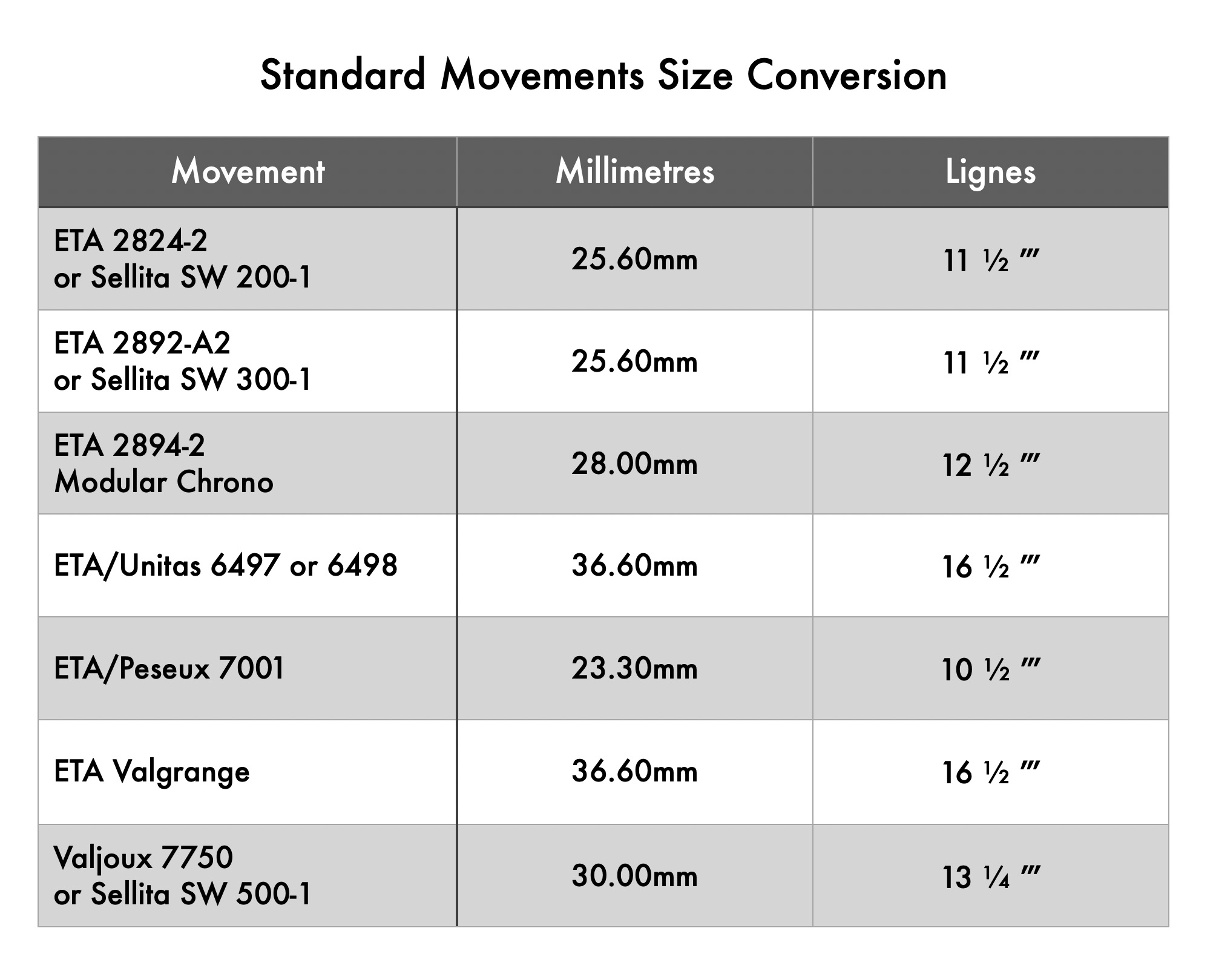What is a “Ligne” in Watchmaking?
Trying to understand one of watchmaking's specificities.

While today the world relies mostly on two measurement systems (metric and imperial), things haven’t been always that simple. Each country, each culture, sometimes even each corporation had its own units and ways to measure its commodities or production. And if you’re into watchmaking, you might have spotted one of these old units when it comes to measuring a movement, without really knowing what it means, or where it comes from. This unit is the “ligne” and today we tell you what it is and why it even exists.
The ligne is an ancient French measure that has become an established member of Swiss watchmaking folklore – Swiss watchmaking has a lot to do with French culture. It is still being used today to denote the measurement of the diameter or the calibre of a movement. A ligne is equivalent to 2.256mm. Conversely, a millimeter equals 0.443 lignes. Its symbol is a triple prime. The ligne is still used in a rather approximative way though by watchmakers. For instance, if 11 ½”’ equals 25.9 mm, a movement like the ETA 2824 or its Sellita clone is 25.60mm in diameter and presented as an 11 ½”’ calibre.

The ligne predates the invention of the metre and the metric system. It was used under the Ancien Régime (French pre-Revolution era), as a fraction of the French pied (King’s foot or pied-du-roi). Back then, one pied-du-roi equalled 12 pouces (inches) and one pouce equalled 12 lignes.

During the Ancien Régime, there was no unified system of measurement in France. Hundreds of different units were used. Even worse, the quantity associated with each name could be different from town to town and from trade to trade! Certain standards, however, had some degree of pre-eminence, such as the pied-du-roi.
In any case, at the time of the French Revolution, a claim returned repeatedly in the registers of grievance; the need for a unified measurement system across the country. On 26 March 1791, following the establishment of a commission (with monsieurs Borda, Condorcet, Lagrange and Laplace) in order to define a universal system, the creation of the metre was voted by the French Parliament at the demand of Talleyrand. It was defined as one/ten-millionth of the distance from the equator to the north pole along a meridian through Paris. But there was considerable resistance to its adoption by the population. The law of the 19 Frimaire of year VII (10 December 1799) defined the ligne as 2.256mm.

As for the metre, its use was made compulsory in 1837. Over the years, many nations have adopted the metric system, but it has not been fully adopted in all countries and sectors… And because watchmaking is a world of traditions, the ligne is still very much a part of the folklore.




